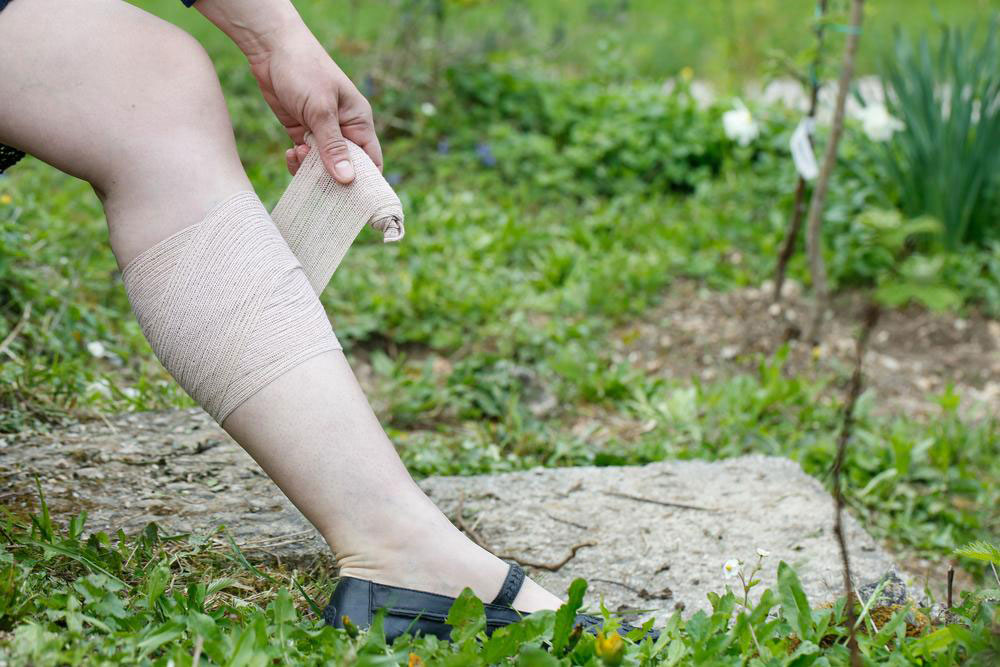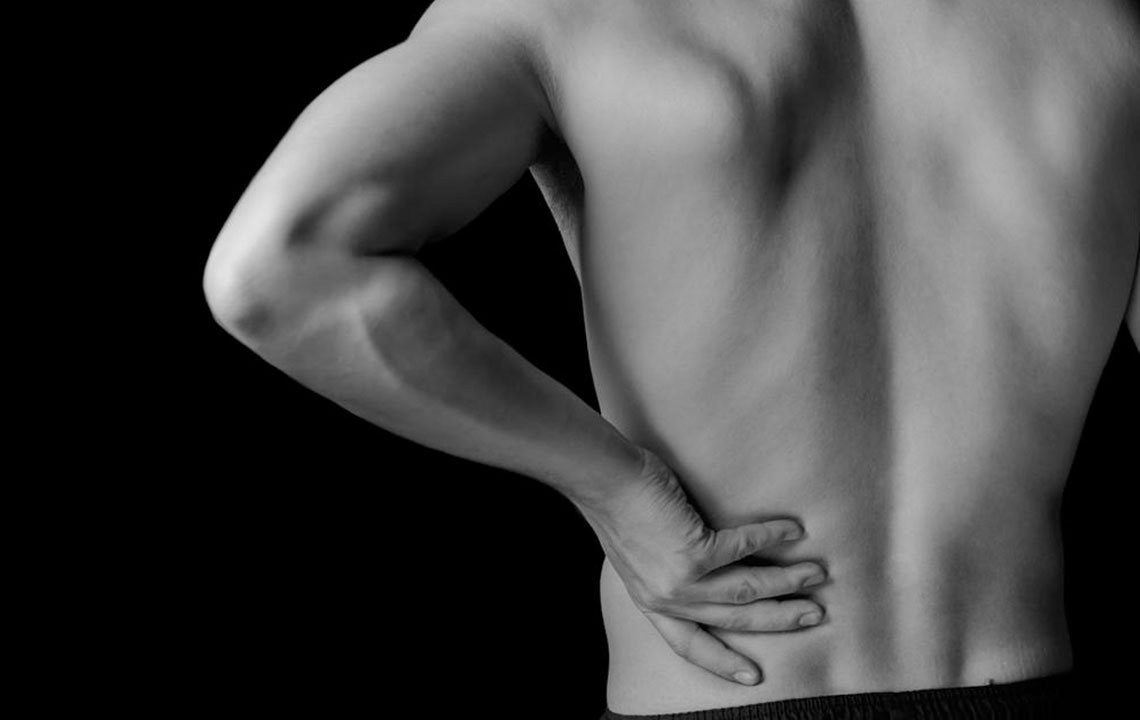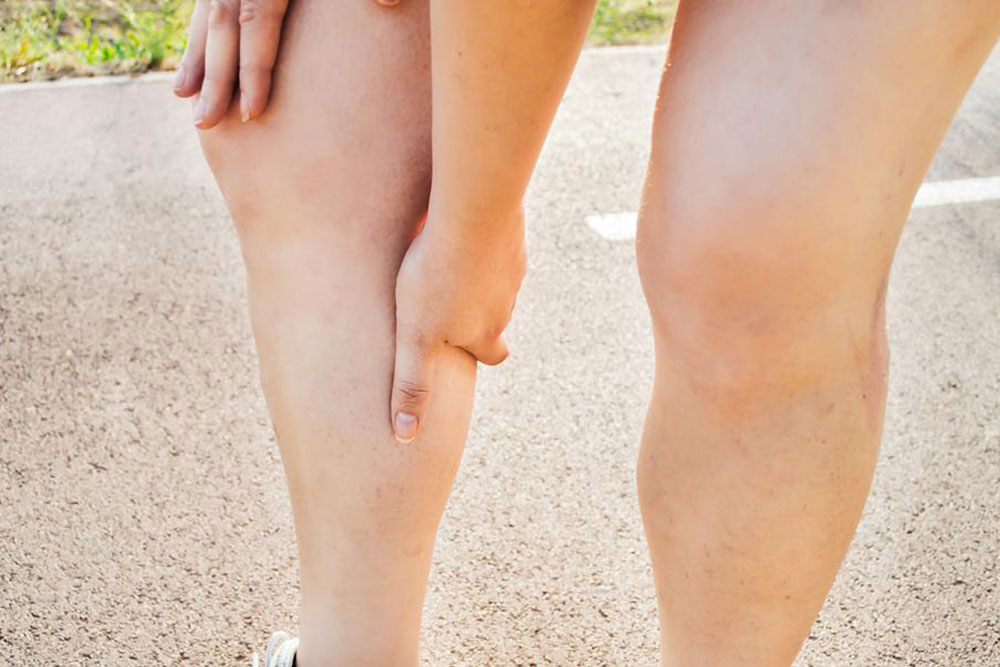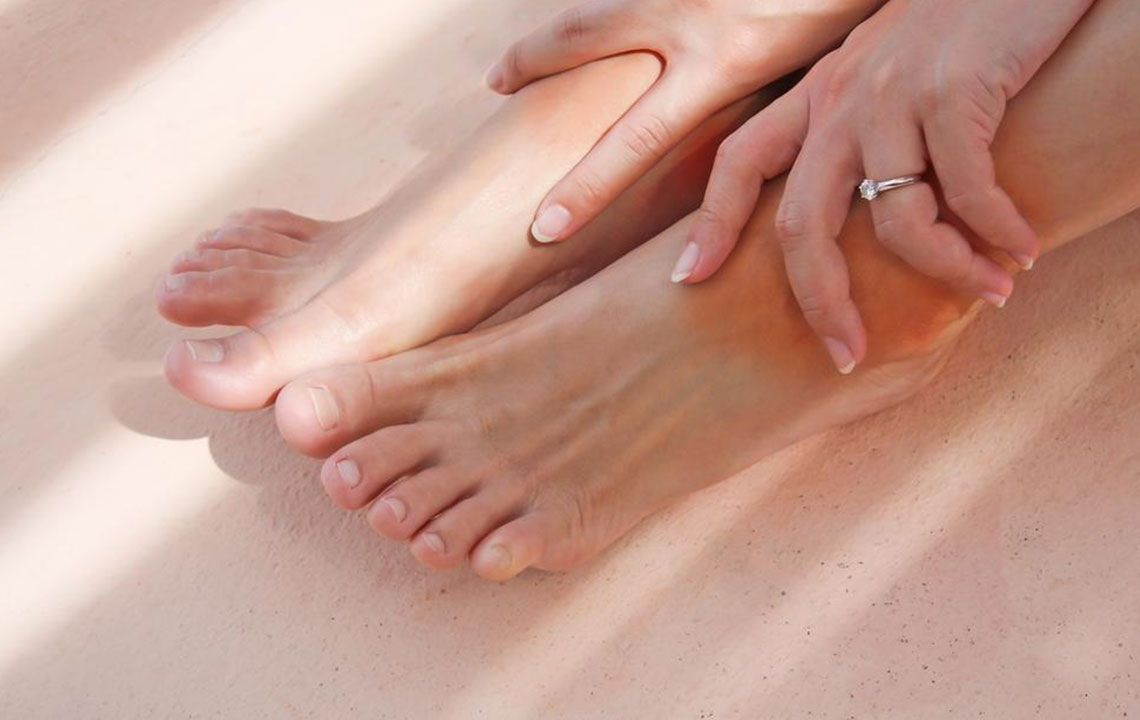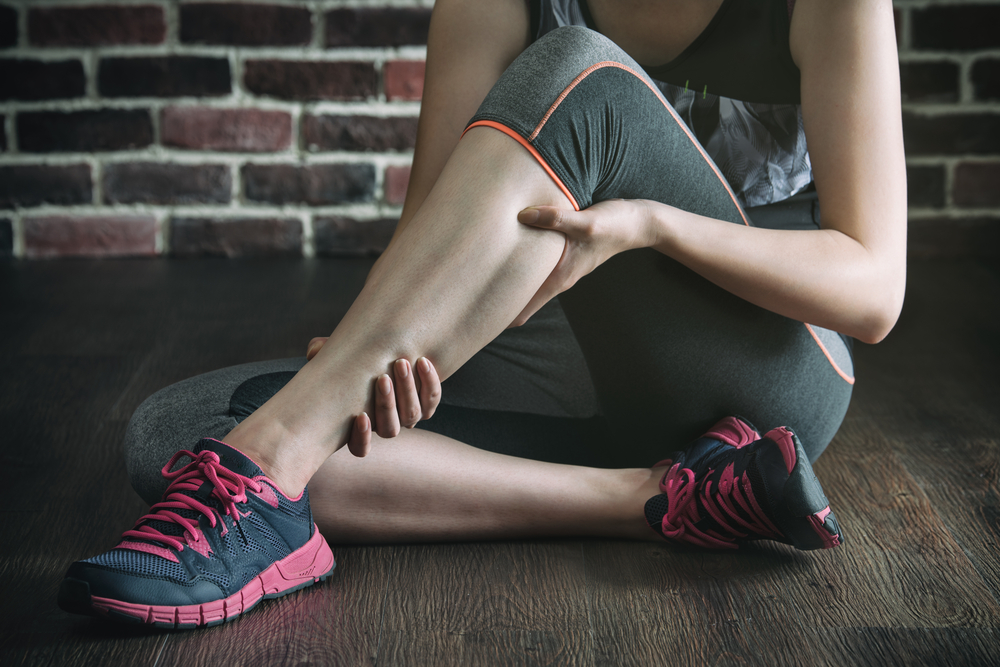Comprehensive Approaches to Alleviate Leg Muscle Discomfort and Pain
Discover comprehensive, effective strategies for relieving leg muscle discomfort. From rest and elevation to supportive wear, ice and heat therapy, and gentle stretching, this guide offers proven methods to reduce pain and promote recovery. Consulting healthcare providers ensures tailored treatment, helping you regain mobility and comfort efficiently. Perfect for individuals dealing with leg pain due to injuries, circulatory issues, or nerve problems, these actionable tips empower you to manage discomfort confidently and improve your overall leg health.
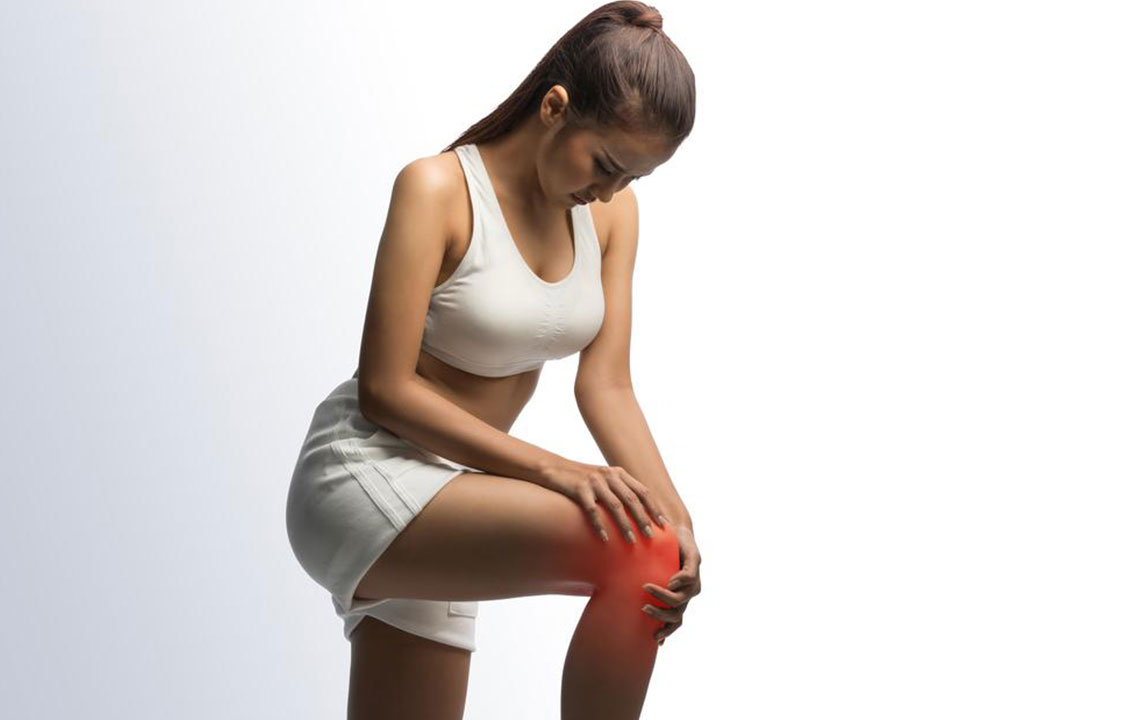
Comprehensive Approaches to Alleviate Leg Muscle Discomfort and Pain
Leg muscle discomfort can significantly interfere with daily activities, leading to persistent ache, weakness, and reduced mobility. Whether arising from overexertion, circulatory issues, nerve problems, or injuries, effective management requires understanding the underlying cause. Proper treatment strategies can not only relieve current pain but also prevent future discomfort. This detailed guide explores multiple evidence-based approaches aimed at alleviating leg muscle discomfort, helping individuals regain comfort and mobility in their daily lives.
Prioritize Rest and Elevation: Resting the affected leg is fundamental in reducing strain and allowing muscles to recover. Elevating the leg above heart level encourages better blood flow, decreases swelling, and promotes healing. For acute injuries, elevating the limb facilitates lymphatic drainage and reduces inflammation. Use pillows or wedges to keep the leg elevated comfortably, especially after strenuous activity or injury.
Utilize Supportive Wear Such as Compression Garments: Wearing compression stockings or socks can be highly beneficial, particularly for nerve-related issues like diabetic neuropathy or chronic venous insufficiency. These garments help improve blood circulation in the legs by providing graduated pressure, which can reduce swelling, numbness, and discomfort. Properly fitted compression wear not only ensures optimal support but also minimizes fatigue during prolonged standing or physical activity.
Apply Ice and Heat Therapy Appropriately: Cold therapy, such as ice packs or cold compresses, is effective in reducing immediate swelling, inflammation, and pain from recent injuries. Applying cold for 15-20 minutes every few hours can significantly alleviate acute discomfort. For chronic muscle soreness or persistent inflammation, heat therapy—hot packs, warm towels, or hot water bottles—facilitates blood flow, relaxes tense muscles, and accelerates healing. Always follow safe temperature guidelines to avoid skin burns.
Incorporate Gentle Stretching and Gentle Movement: Maintaining flexibility and preventing stiffness through gentle stretching is vital. Exercises such as towel stretches, calf stretches, or light walking can keep muscles supple and joints mobile. Regular movement also stimulates circulation, reduces muscle tension, and prevents cramps. Introduction of physiotherapy routines tailored to the individual's condition may further enhance recovery. Consulting a health professional for personalized guidance ensures exercise safety and effectiveness.
While these strategies are generally effective, it is crucial to seek medical advice before undertaking new treatments or exercise routines, especially if experiencing severe or persistent pain. Proper diagnosis ensures that treatments target the root cause and prevent complications. Addressing leg muscle discomfort promptly leads to improved quality of life and better long-term health outcomes.
